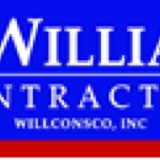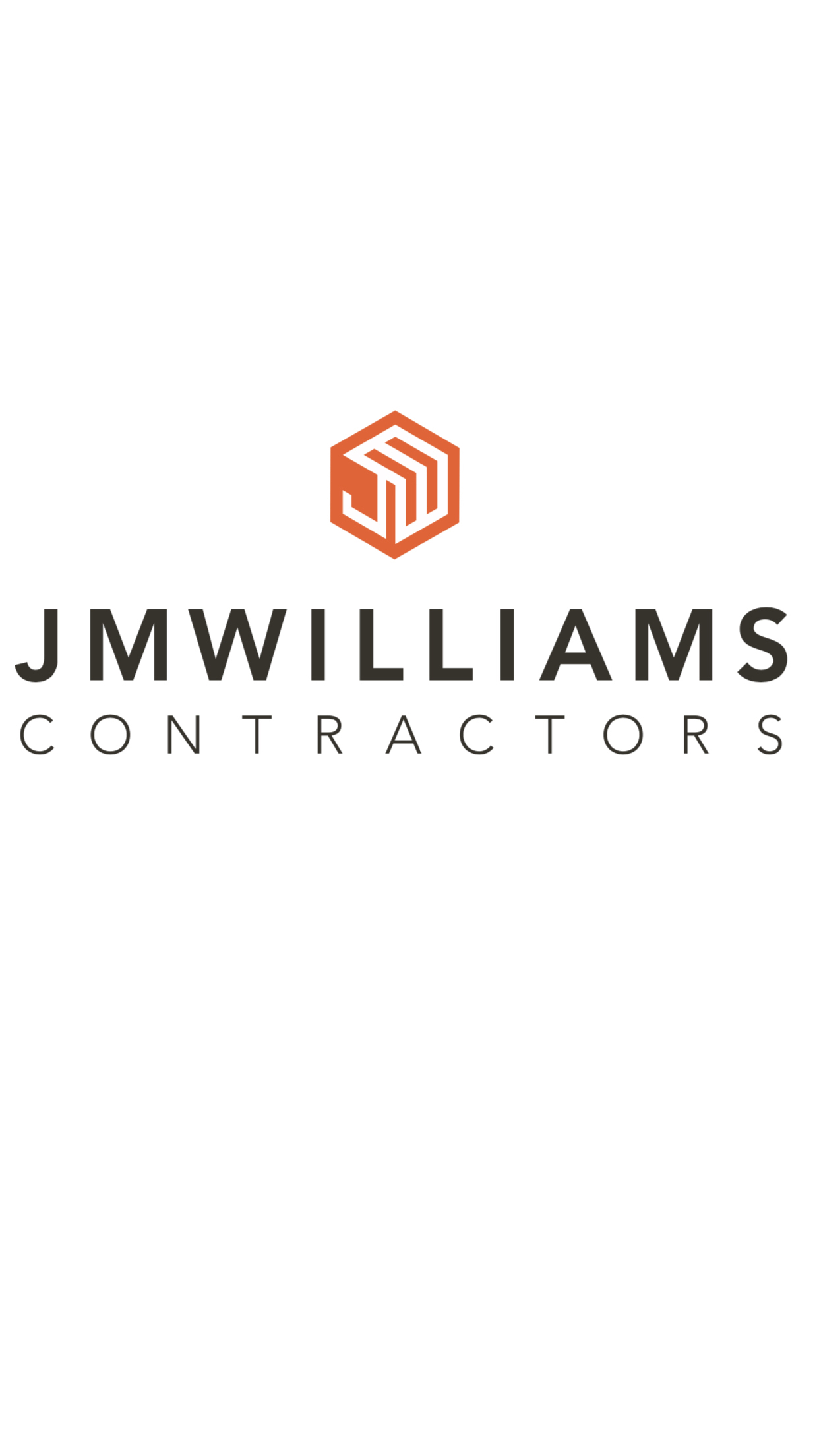Information
-
Document No.
-
Audit Title
-
Client / Site
-
Conducted on
-
Prepared by
-
Location
-
Personnel
Training and planning
-
Copy of current OSHA standards and JMWilliams safety manual on site?
-
Weekly toolbox meetings held for JMWilliams and subs?
-
Copy of JMWilliams site specific safety plan on site and up to date?
-
Foreman JSA's completed and adequate for tasks being performed?
First aid and medical
-
First aid supplies on site and adequately stocked?
Posting and record keeping
-
OSHA 300 form posted on site And?
-
Emergency phone numbers posted?
Hazard communication
-
List of hazardous materials onsite?
-
MSDS current for all companies on site?
-
Labels on all material containers?
Traffic control
-
Traffic plan per local, county or state requirements?
-
Advance warning signs where required?
-
Trained flaggers used when directing traffic with proper PPE, signage and communication equipment?
Housekeeping and sanitation
-
Housekeeping: Aisles clean, scrap removed, no nails protruding?
-
Adequate supply of water and trash containers?
-
Adequate toilet facilities clean and maintained?
PPE and life safety equipment
-
Hard hats, vests and safety glasses worn by all employees?
-
Respiratory protection worn as required?
-
Safety harnesses and lifelines worn as required?
Fire protection and prevention
-
Fire extinguishers installed with clear access? Made visible, properly charged and properly inspected?
-
Flammable liquids stored in approved containers?
-
"No smoking" signs posted as required.
-
Fuel tanks properly stored min. 20 ft from building.
Electrical
-
Live electrical components guarded by cabinet or other approved enclosure?
-
"Danger High Voltage" signs posted?
-
GFCI receptacles or pig tails used when temporary power is in use?
-
Adequate temporary lighting installed with bulbs protected?
-
Breaker boxes and switches properly labeled?
-
Correct extension cords being used? Cords undamaged with ground prong installed?
-
Lockout tag out being utilized Aras required?
Tools
-
Are proper tools being used for the job?
-
All tools inspected daily?
-
Damaged tools repaired or replaced immediately?
-
Are guards in place on power tools?
-
Powder actuated tools being operated by trained employees? Spent shot being properly disposed of?
-
Pneumatic tools and air hoses have proper safeguards and connections?
Stairways and ladders
-
Stairway, ladder or ramp being used where elevation changes by 19" or more?
-
Stairways clean and free of trip hazards with adequate lighting?
-
Handrails in stairways and guard rails at landings?
-
Metal pan stairs poured, filled or barricaded from use?
-
Ladders properly secured to prevent slipping or falling?
-
Straight ladders extend 36" above landing?
-
A-frame ladders fully open and in locked position when in use? Top two steps not being used as steps?
-
Metal ladders not used around electrical hazards?
-
Ladders regularly inspected and properly maintained and stored?
Scaffolding
-
Scaffolding erected and regularly inspected by a competent person?
-
Guardrails installed on open sides and ends above 10' off the ground?
-
Scaffolding erected on solid, level footing?
-
Work level platforms fully planked with gaps 1" or less and boards properly secured or overlapped a minimum of 12"?
-
Planks extending over end supports not less than 6" and not more than 18"?
-
Scaffolding not being loaded beyond designed load capacity?
-
Scaffolding not being used as a tie off point?
-
Unanchored scaffolding height not in excess of 4 times the minimum base dimension?
Fall protection
-
Floor openings greater than 2" properly protected and secured?
-
Open sided floors and wall openings protected with guard rails and toe boards?
-
Roof edges adequately guarded?
-
Leading edge protection and signage being utilized as required?
-
100% tie off being utilized when work is conducted above 6'?
-
Stairways of 4 steps or more or risers greater than 30" protected by handrails?
-
Horizontal lifeline systems engineered?
Aerial lifts and scissor lifts
-
All personnel using aerial lifts tied off?
-
Chains and gates secured in scissor lifts?
-
Lift operators trained and verified?
-
Lifts not being moved with booms extended?
Hoists and Cranes
-
Slings, chains, hooks and eyes in good condition and properly tagged?
-
Equipment firmly and properly supported?
-
Outriggers and cribbing used as required?
-
Power lines inactive removed or at a safe distance to avoid collision?
-
Operators trained and certification verified and on file on site?
-
Signalmen trained and proper signals being utilized?
-
Load charts posted in cab? Proper loading for for liking radius being utilized?
-
Fire extinguisher installed in cab?
-
Inspections and maintenance logs and annual certification current and on file on site?
Heavy equipment
-
Regular inspections and maintenance logs complete and on file?
-
Lights, brakes, horns and back up alarms operational?
-
Haul roads maintained and properly laid out?
-
Seat belts being worn at all times during operation?
-
Fire extinguisher installed?
Handling and storage of materials
-
Materials properly stored and stacked?
-
Material stacked on firm footings?
-
Loads being lifted properly? Proper number of men when heavy loads are lifted by hand?
-
Materials properly secured when high winds are present or pending?
-
Trash chutes utilized when material or debris are dropped more than 20'?
Excavation and shoring
-
Underground utilities located?
-
Adjacent structures including roads and sidewalks properly supported and shored?
-
Excavations properly sloped, shored or trench box being used?
-
If trench box is utilized, is tabulated data on file on site?
-
Means of egress within 25'?
-
Excavation spoils stored a minimum of 2' from the edge of the opening?
-
Uninstalled material (I.e. Pipe) kept clear of the edge of the opening?
-
Is equipment a safe distance from the edge of the excavation?
-
Excavation opening properly flagged/barricaded?
-
Documented inspections conducted daily if conditions in excavation change?
Welding, cutting and other hot work
-
Screens and shields used where necessary?
-
Goggles, gloves and proper clothing worn?
-
Electrical equipment grounded?
-
Welding leads and gas hoses protected and in good order?
-
Gas cylinders secured and upright? Fuel cylinders at least 20' from oxygen containers?
-
Cylinder caps on and secured when tanks are not in use?
-
Combustible materials cleared from the area where hot work is taking place?
-
Fire extinguishers stored within proximity to hot work taking place?
Steel Erection
-
Commencement letter provided to steel erector?
-
Safety railing at exposed perimeters?
-
Cable guardrail has no more than 2" deflection? Flagged every 6'?
-
Tag lines being used during hoisting?
-
Other trades protected from overhead hazards or schedule arrangements made to keep trades out of hazardous areas during erection?
Concrete and masonry
-
Protruding rebar capped with approved material?
-
Forms properly installed and braced?
-
Elevated concrete properly shored? Engineered shoring plan on file?
-
Route planned for concrete trucks? Pumping equipment properly supported?
-
Controls in place to limit silica exposure - water, vacuum, respiratory protection?
-
Limited access zone around masonry walls?
-
Masonry walls over 8' adequately braced?
Confined spaces
-
Have potential confined spaces been identified?
-
Atmosphere tested to confirm space can be safely worked in?
-
Are workers working in confined spaces properly trained?
-
Is ventilation needed?
-
If hazards exist, are retrieval devices being utilized for workers entering the space?
Comments and additional items
-
Add media
-
Add media
-
Add media
-
Add media
-
Add media
-
Add media
-
Add media
-
Add media
-
Add media
-
Add media















